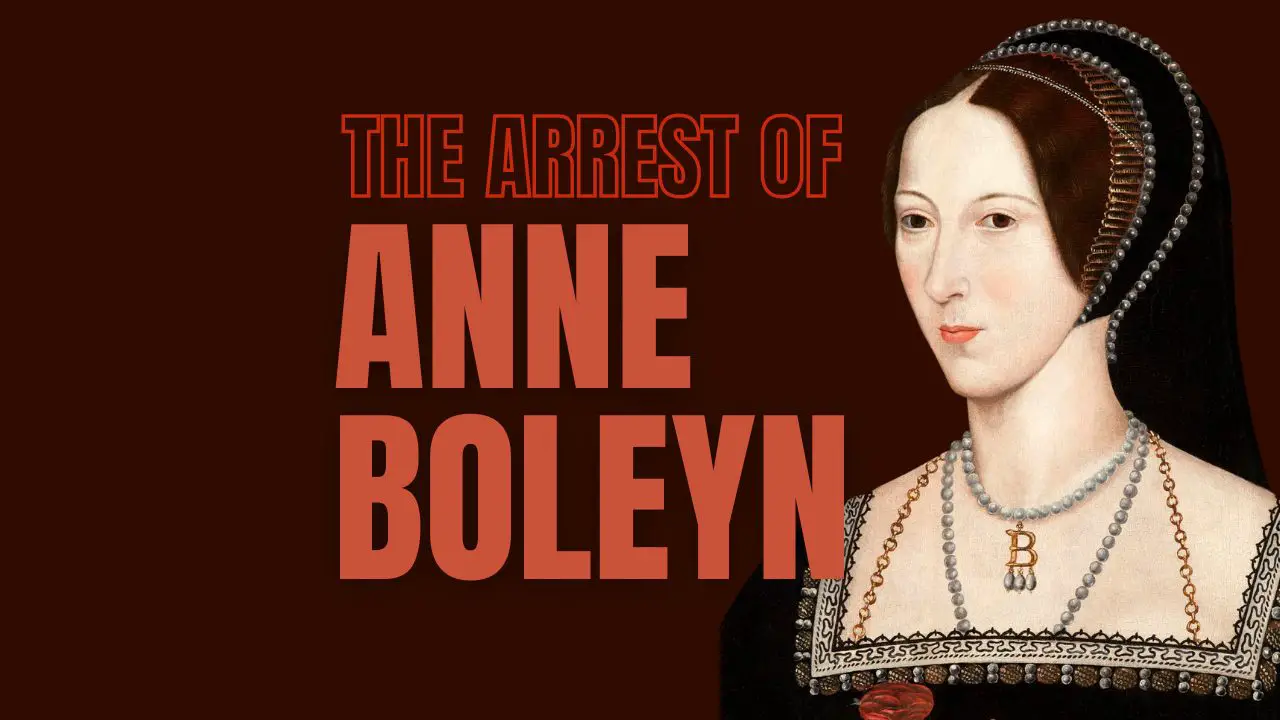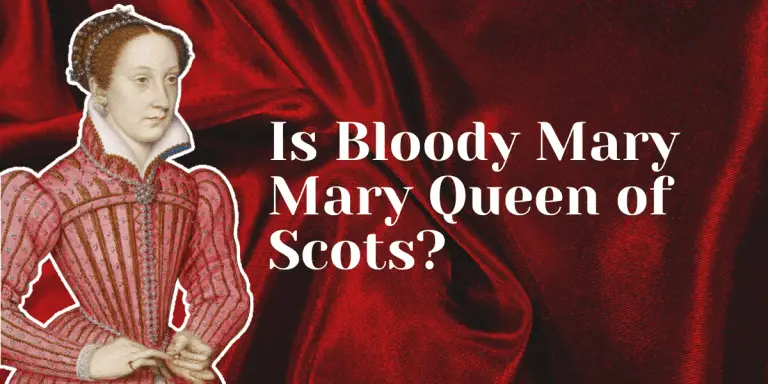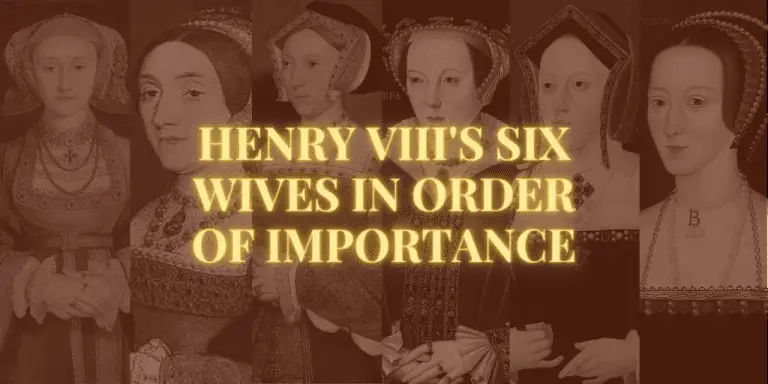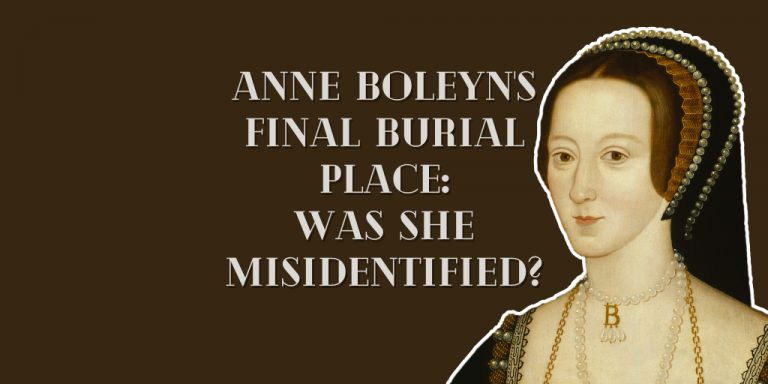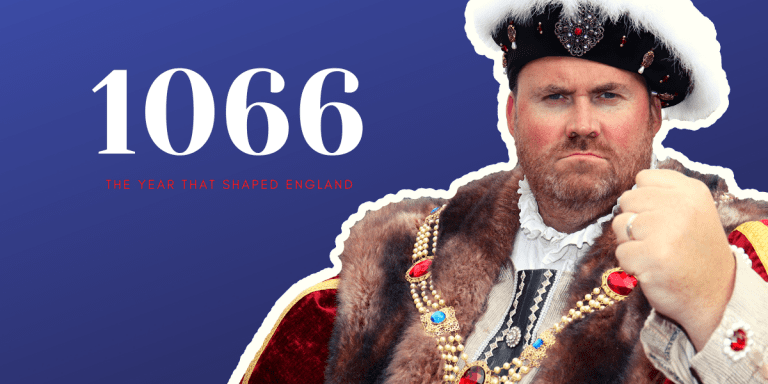The Arrest of Anne Boleyn
“Master Kingston shall I go to a dungeon?”
“No Madam you shall go to the apartments you stayed in prior to your coronation.”
They came for Henry Norris at dawn on the 2nd May 1536 arrested him and took him to the Tower of London. Mark Smeaton, a musician from the court, was already “in residence.”
He’d been arrested and questioned by my Chief Minister, Thomas Cromwell. He’d already confessed to adultery with the Queen.
Later that morning George Boleyn was arrested.
Then, a messenger was sent to the Queen, Anne Boleyn, who was watching a tennis match at Greenwich Palace at the time. The orders were that she should present herself to the King’s commission. She left the game and attended this meeting in the council chamber.
Greenwich Palace is no longer standing, but it was a favoured Tudor residence at the time and it is the site of Henry VIII’s birth and his infamous final jousting accident.
The meeting was chaired by her uncle, the Duke of Norfolk, with Sir William Fitzwilliam and Sir William Paulet also in attendance. Norfolk matter-of-factly told Anne Boleyn that she was being accused of adultery and that Smeaton and Norris had confessed. She was detained in her apartment and took dinner. Nobody in the Tudor court missed dinner, no matter what accusations were floating around.
The tide in the Thames changed, and around 2 pm in the afternoon, Anne Boleyn was taken by barge to the Tower of London.
A great myth is that she entered the Tower of London by Traitors Gate. This is almost certainly not the case, although we can’t be 100% sure.
Instead, she would have moored at The Queen’s Stairs. These were one of the three Tudor-era riverside entrances to the Tower of London. This was the entrance that the important visitors took.
There was a drawbridge that led from the Queen’s stairs to the Byward Postern Gate, which led into the Outer Ward by the Byward Tower.
It is unclear if Sir William Kingston, the Constable of the Tower, had been dispatched to Greenwich Palace to accompany her on the barge.
Kingston himself tells the story in a letter to Thomas Cromwell the following day.
“On my lord of Norfolk and the King’s Council departing from the Tower, I went before the Queen into her lodging. She said unto me, “Mr. Kingston, shall I go into a dungeon?” I said, “No, Madam. You shall go into the lodging you lay in at your coronation.” “It is too good for me, she said; Jesu have mercy on me;” and kneeled down, weeping a good pace, and in the same sorrow fell into a great laughing, as she has done many times since.
“She desired me to move the King’s highness that she might have the sacrament in the closet by her chamber, that she might pray for mercy, for I am as clear from the company of man as for sin as I am clear from you, and am the King’s true wedded wife. And then she said, Mr. Kingston, do you know where for I am here? and I said, Nay. And then she asked me, When saw you the King? and I said I saw him not since I saw [him in] the Tiltyard. And then, Mr. K., I pray you to tell me where my Lord my father is? And I told her I saw him afore dinner in the Court. O where is my sweet brother? I said I left him at York Place; and so I did.
I hear say, said she, that I should be accused with three men; and I can say no more but nay, without I should open my body. And there with opened her gown. O, Norris, hast thou accused me? Thou are in the Tower with me, and thou and I shall die together; and, Mark, thou art here to. O, my mother, thou wilt die with sorrow; and much lamented my lady of Worcester, for by cause that her child did not stir in her body. And my wife said, what should be the cause? And she said, for the sorrow she took for me. And then she said, Mr. Kyngston, shall I die without justice? And I said, the poorest subject the Kyng hath, hath justice. And there with she laughed.”
